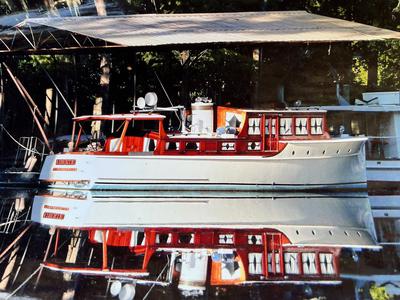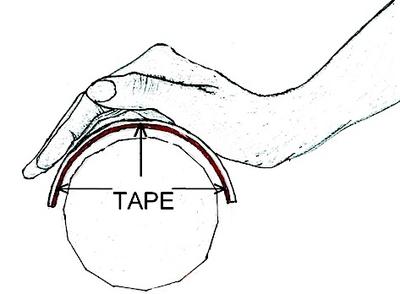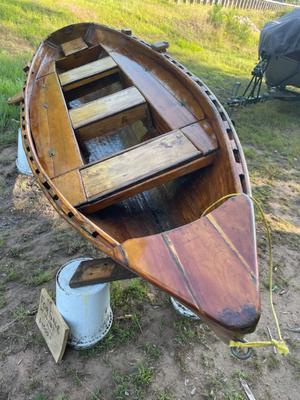Anti Freeze wood rot treatment discolouration?
by Dave
(Ireland)
I am writing in reference to my wife Ann Marie's boat Helios, featured on this site.
After reading the section on wood rot and its treatment, the recommendation is to use ethylene glocol used in antifreeze or borate solution.
My question is does this mean actually use antifreeze or use ethylene glycol.
Having looked at antifreeze here in Ireland, I cannot find any which does have some type of colour to it: blue luminous green or red.
If the intention is to use anti freeze would these not discolour the wood and leave some type of residue which may stop adhesion of varnish later?
Also I'm assuming that since we are taking every thing back to the wood, for re-painting/varnishing, the whole boat needs this treatment.
What is the recommended method of applying the stuff.
Is it a quick lick with a brush or does it need to soak right in and, how then would you know if it had?
After applying this treatment in the correct way does the wood need to be re varnished straight away or can it wait until we are ready to final paint the hull.
I'd like to be sure we do it correctly first time so as to avoid a future major overhaul for as long as possible.
All help,but, especially from the person who wrote the article, would be greatly appreciated.
Dave







